As users/customers engage with a company (their products, services, surveys), they generate a lot of data about their behaviors and interactions with the brand. Predictive analytics and artificial intelligence capabilities provide a way to extract insights from that data to help you improve the customer experience and optimize customer loyalty.
Artificial Intelligence and Predictive Analytics
Today, businesses can collect hundreds of variables about their customers. Real-time delivery of insights necessitates the quick processing of these data. Toward that end, companies are employing the power of predictive analytics and artificial intelligence (e.g., machine learning) to extract insights from data.
There are generally three types of analytics: descriptive, predictive and prescriptive. Descriptive tells you what happened. Predictive tells you what will happen. Finally, prescriptive analytics tells you what decisions/actions you need to make/take to maximize opportunities/mitigate risk. While companies employ all three types of analytics, machine-assisted predictive analytics is where the most value lies.
Simply stated, machine learning is a way to learn from historical data through statistical analysis. When we pair predictive analytics with computational power, we can surface insights quickly and reliably. That is the essence of artificial intelligence. The insights from predictive analytics and machine intelligence will impact how you market, sell and provide support to your users.
But where do we begin your analysis? How do we get from data to insight?
Adopting a Data Science Mindset
Data science is a way to approach problems. In data science, you can employ a 5-step process designed to deliver insights that are reliable, valid and useful.
- Formulate question or problem statement
- Generate hypotheses
- Gather data
- Analyze data
- Take action
Figure 2 applies this 5-step process to the problem of managing customer retention. By using this process, you will be able to identify and leverage the insights that help you deliver the right experience to the right customer at the right time.
Answering Questions about User/Customer Loyalty

Figure 3. Use Data and Analytics to Answer Important Questions about Customer Loyalty. Click image to enlarge.
The goal of any business is to increase user/customer behaviors that are beneficial to the business. These types of behaviors, referred to as customer loyalty behaviors, fall into three broad categories: 1) retention (will customers stay?), 2) advocacy (will customers recommend?) and 3) purchasing (will customers buy more?). Figure 3 illustrates the types of questions you can answer about your customers’ loyalty behaviors and how you can benefit from the insights. It’s clear that the goal of your predictive analytics needs to focus on identifying ways to optimize these different types of loyalty behaviors. Because each type of loyalty is impacted by different types of factors, you will need to build different algorithms for each type of customer loyalty.
Improving the Customer Experience
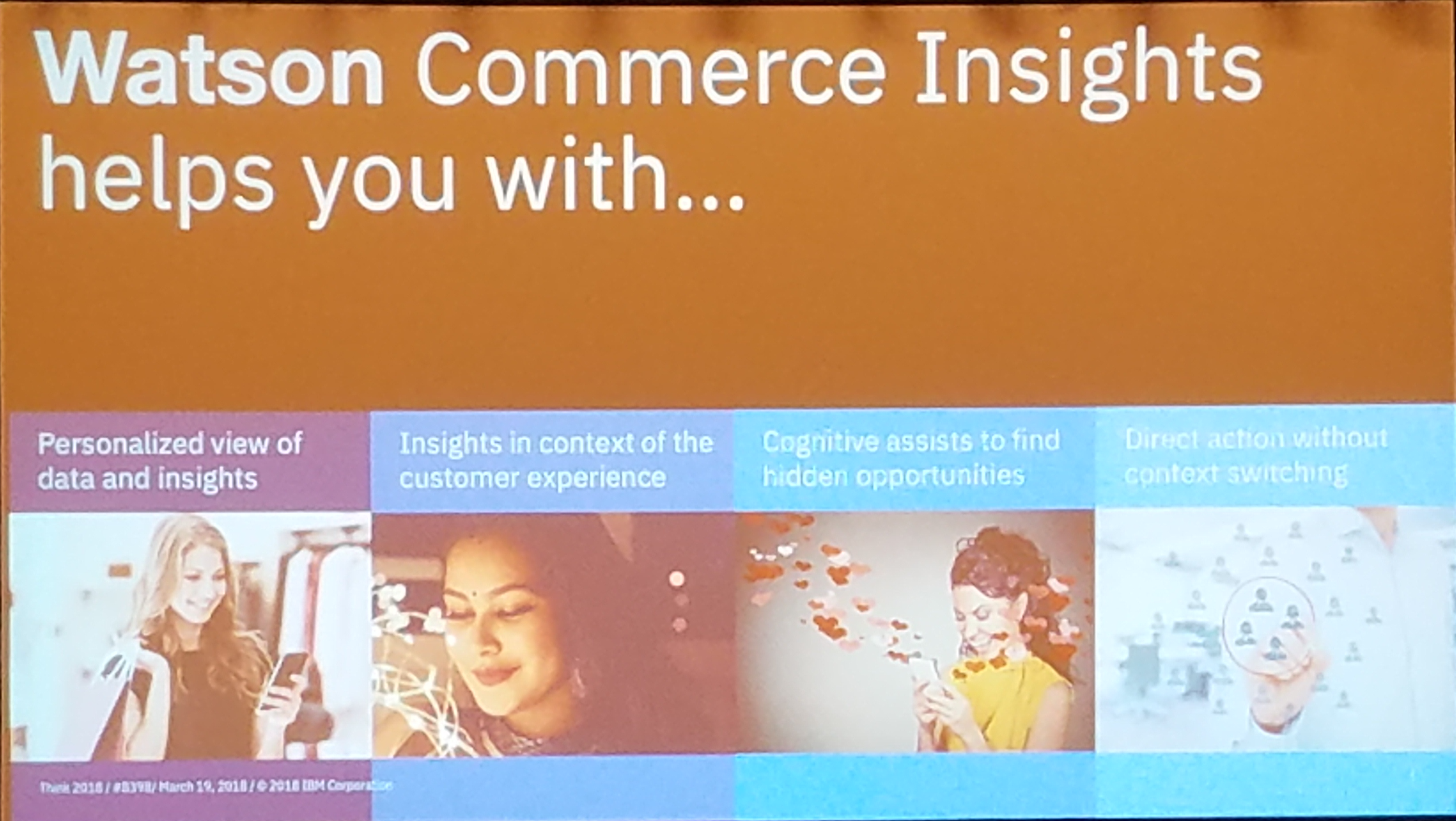
IBM Watson Commerce
Predictive analytics and machine intelligence can be used to increase customer loyalty by improving the customer experience for different touch points. Generally speaking, these analytics approaches are used to understand the three broad phases of the user/customer lifecycle:
- Marketing – deliver the right message to the right user at the right time to optimize different types of customer behavior (e.g., offer for upgrade)
- Sales – target high-value customers by identifying customer segments based on behavioral analytics (what customers do).
- Service – deliver real-time service for premier customers.
With the plethora of customer data that are available to companies, it’s important to leverage predictive analytics and machine learning to understand your customers. By capturing and analyzing customer data, companies are able to interact with their customers in relevant, personalized ways to capture their hearts, minds and, ultimately, their pocketbooks.
I’m currently at IBM Think 2018 in Las Vegas and learning about how IBM is helping their customers improve the customer customer relationship to increase customer loyalty. To do so, they are leveraging their popular IBM Watson solution in their Watson Commerce and Watson Customer Experience Analytics solutions to help businesses use the power of artificial intelligence (e.g., predictive analytics) to improve how they manage customer relationships to increase customer loyalty and move their business forward.
(Disclosure: IBM assisted me with travel expenses to IBM Think 2018.)

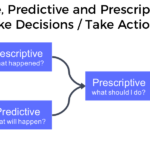

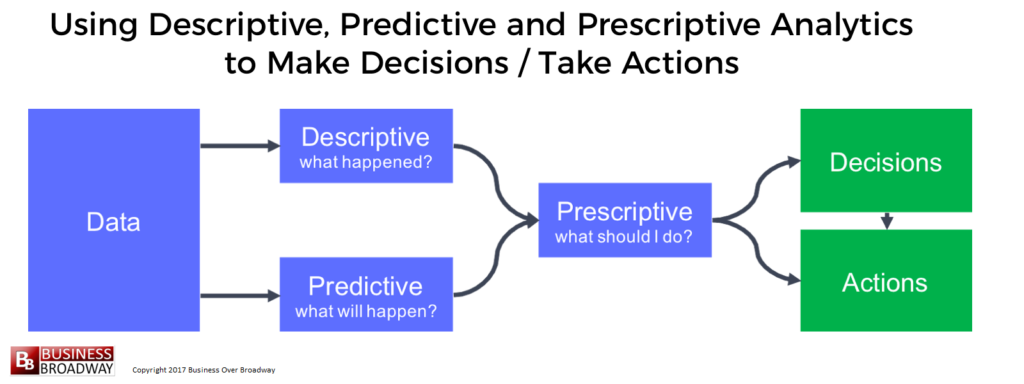
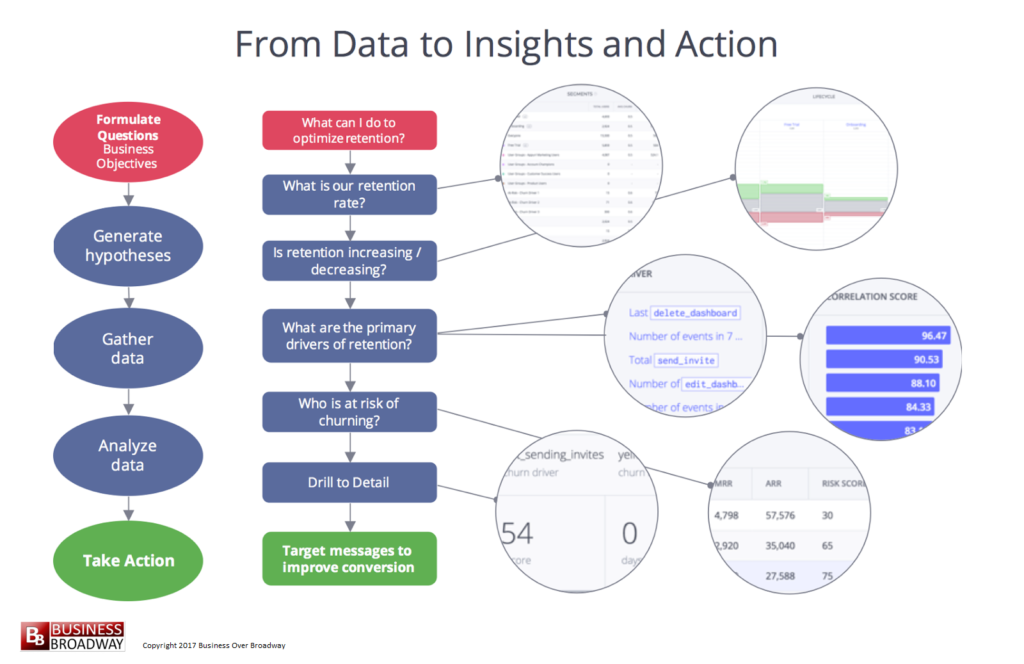
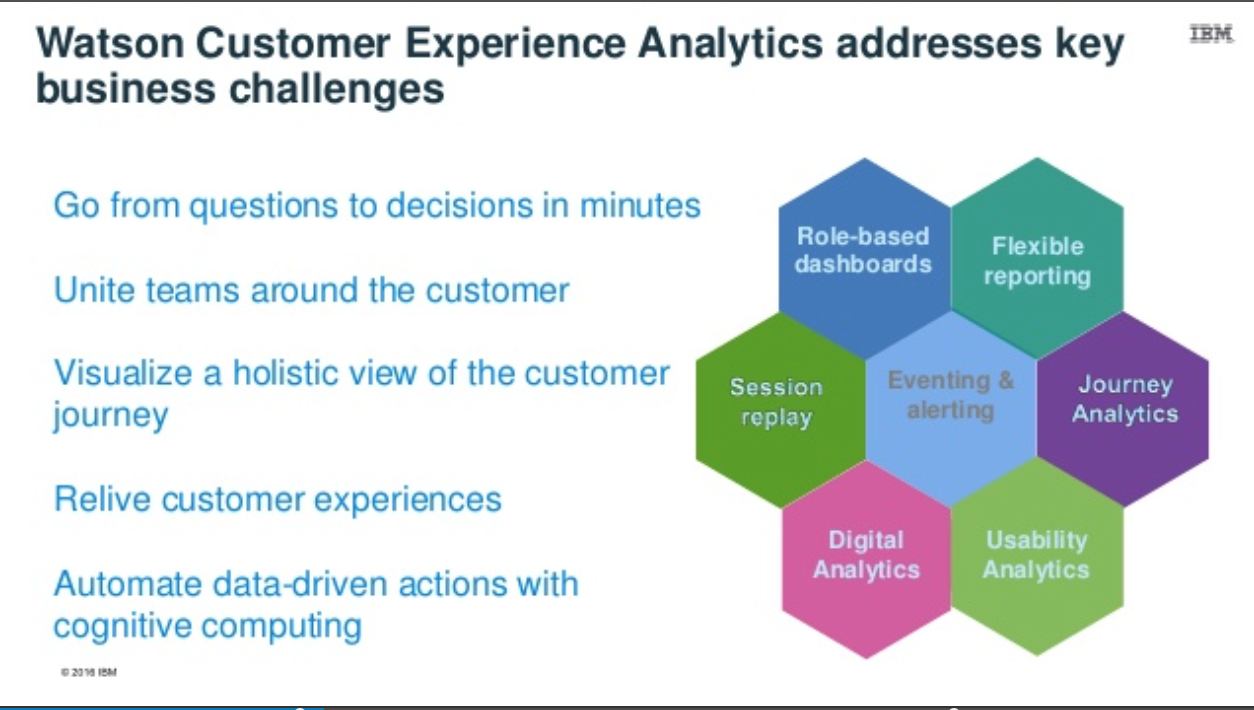

 Beyond the Ultimate Question
Beyond the Ultimate Question Measuring Customer Satisfaction and Loyalty (3rd Ed.)
Measuring Customer Satisfaction and Loyalty (3rd Ed.)
[…] This article originally appeared on businessoverbroadway.com. To read the full article, click here. […]